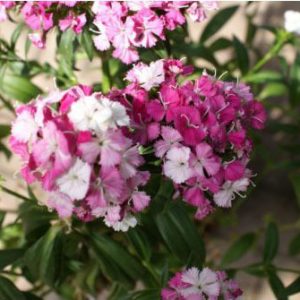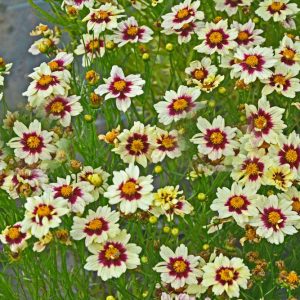Description
Beta – Beet –
There are about 6 species of tap rooted rosette forming perennials and biennials, in this genus. They occur from grassland and saline coastal habitats in Europe, Northern Africa, the Mediterranean and Asia. They have ovate to triangular-ovate, glossy, light or mid green or purple basal leaves, and lance shaped stem leaves carried on thick leaf stalks. Spink like cymes of insignificant greenish flowers are produced in summer, with flowering accelerated by hot, dry condition. Flowers are followed by small, slightly prickly dry fruits. The most commonly grown species are grown as annual vegetables (such as beet and chard) or fodder plants, forming massively swollen roots. Useful for summer and winter color contrast in mixed border or in annual bedding.
Grow in rich, loose but moisture retentive soil in full sun or partial shade. Water thoroughly during periods of drought to reduce the likelihood of bolting.
Prone to fungal leaf spots, downy mildew, powdery mildew, damping off, root rots caused by pythium and phytophtora, leaf miners, aphids, and caterpillars.
B. vulgaris subsp. cicla ‘Bull’s Blood’ – Swiss Chard – This ornamental biennial, often grown as an annual grows 18″ tall. It is grown for a decorative effect of its foliage. It bears clusters of initially upright then arching, narrow, sometimes puckered, glossy. Dark red leaves, 9-12″ long, with bright red midribs, with the leaf blades also red or purple red. Popular as a spinach substitute.
Zones 5-10





